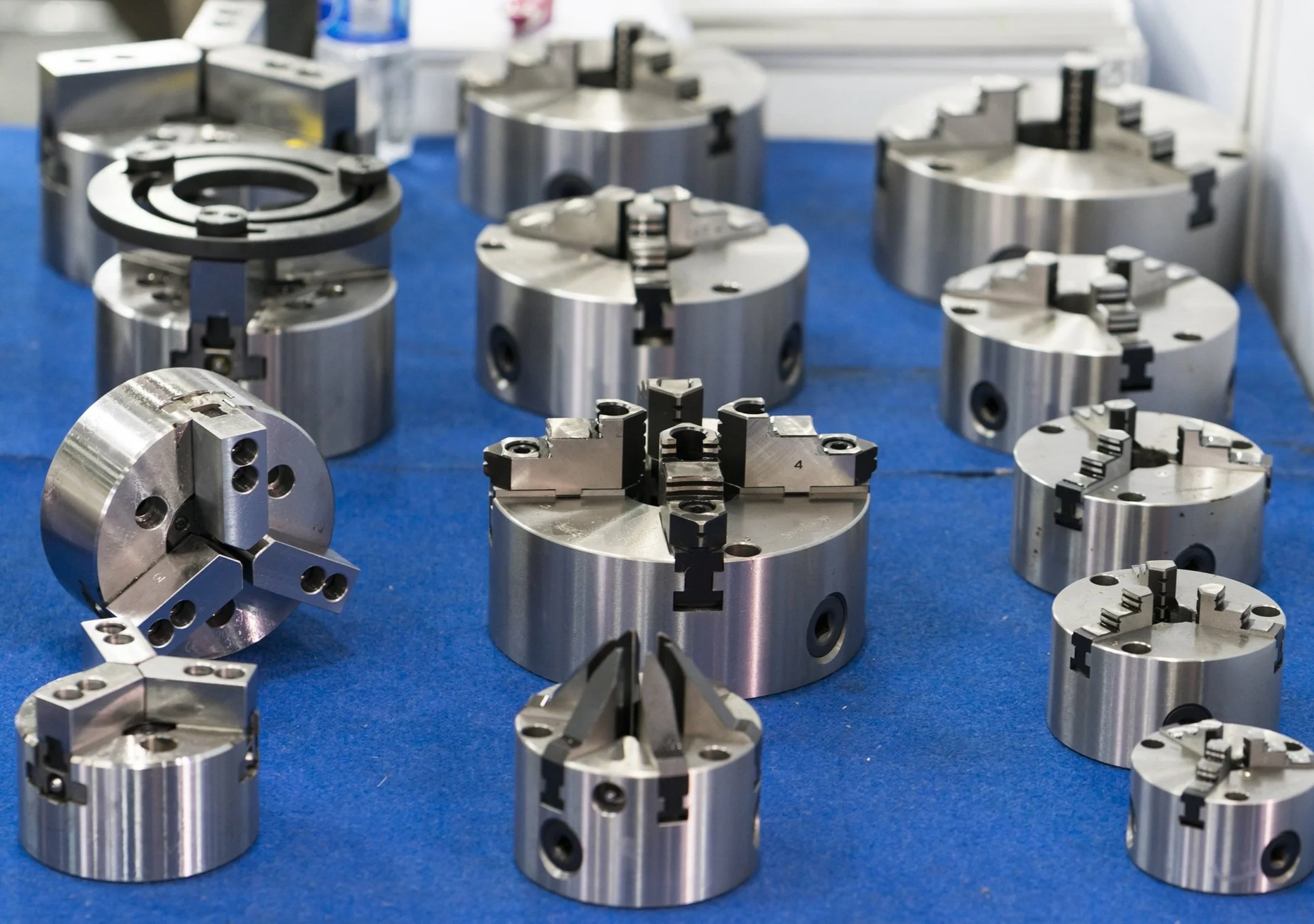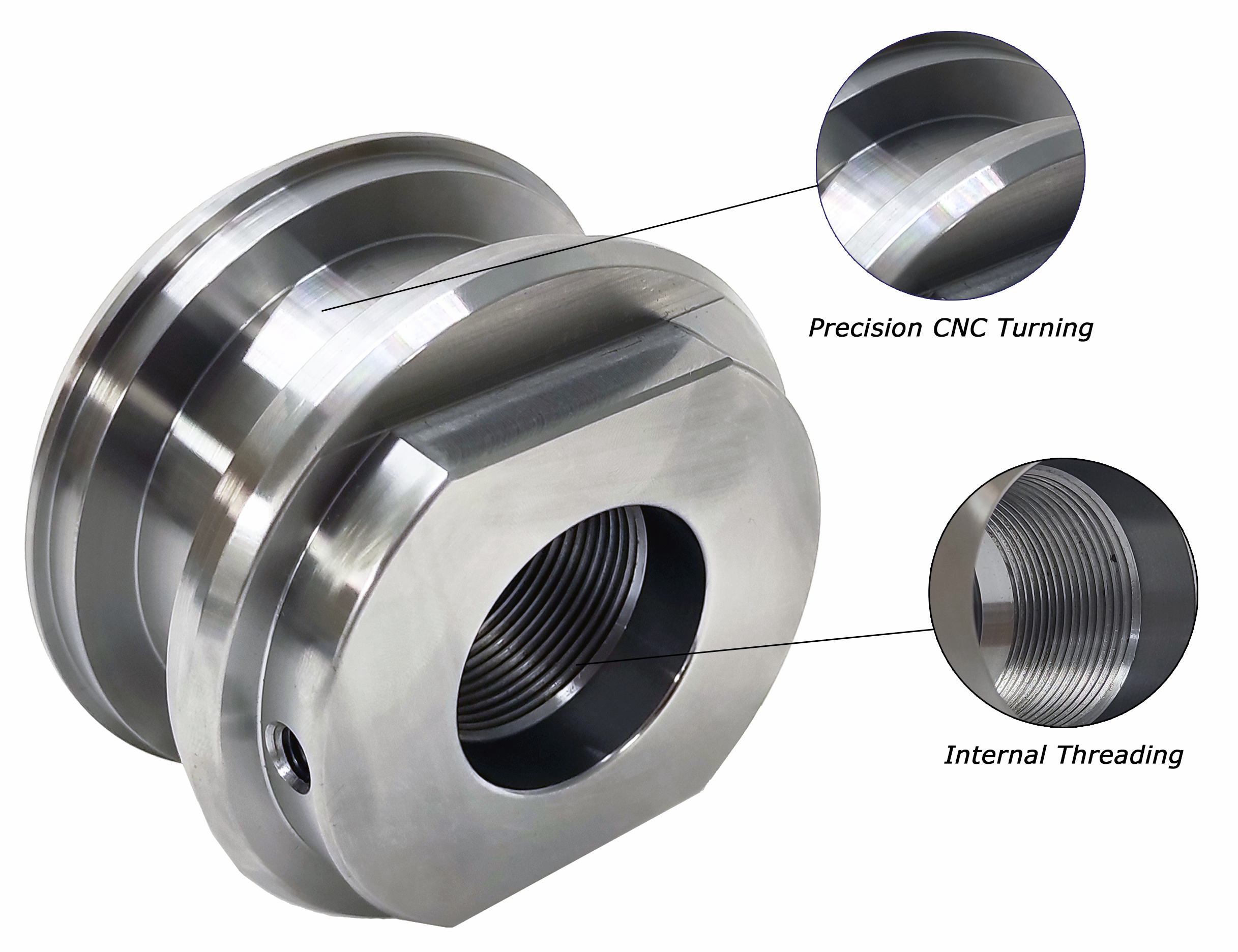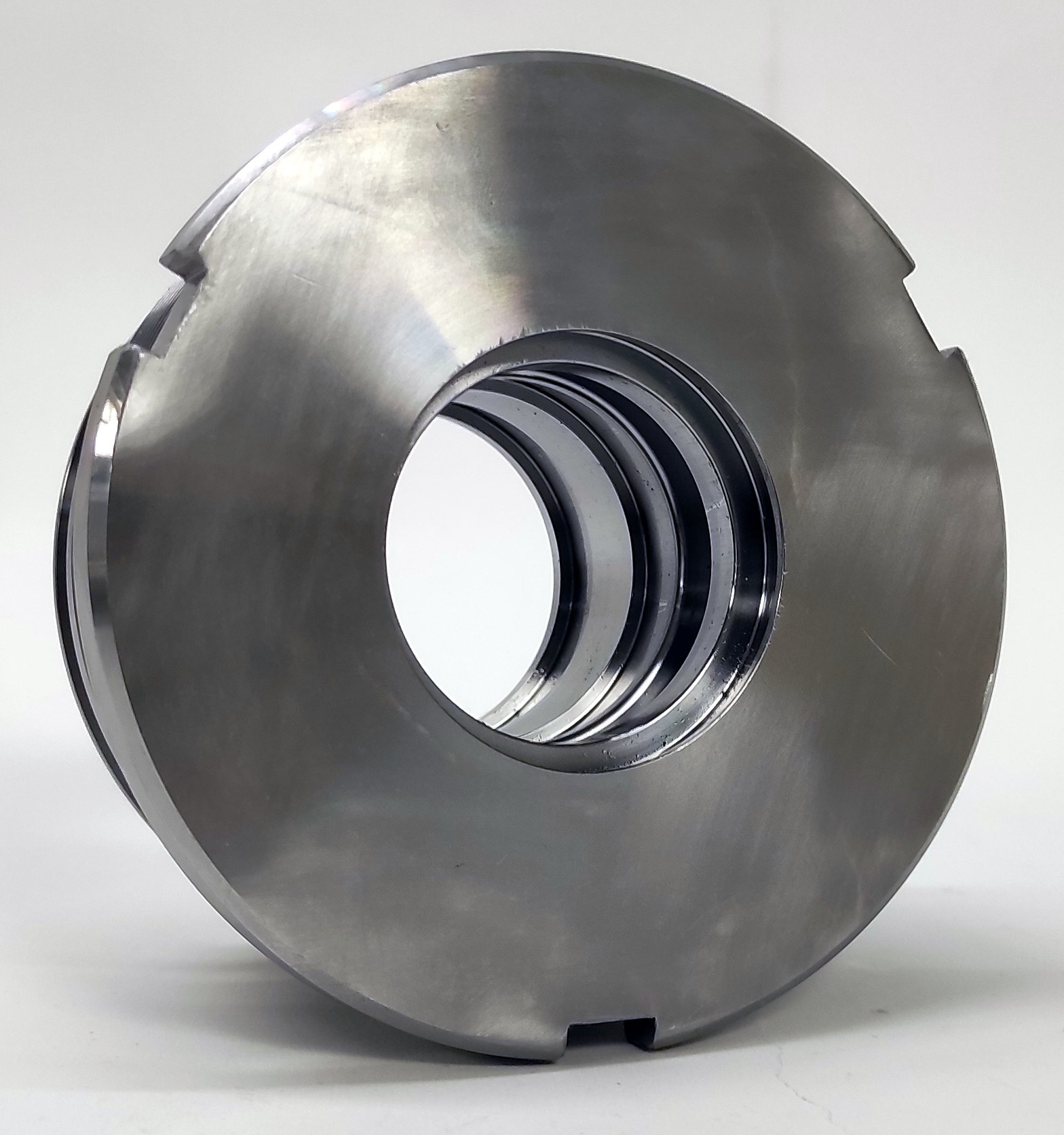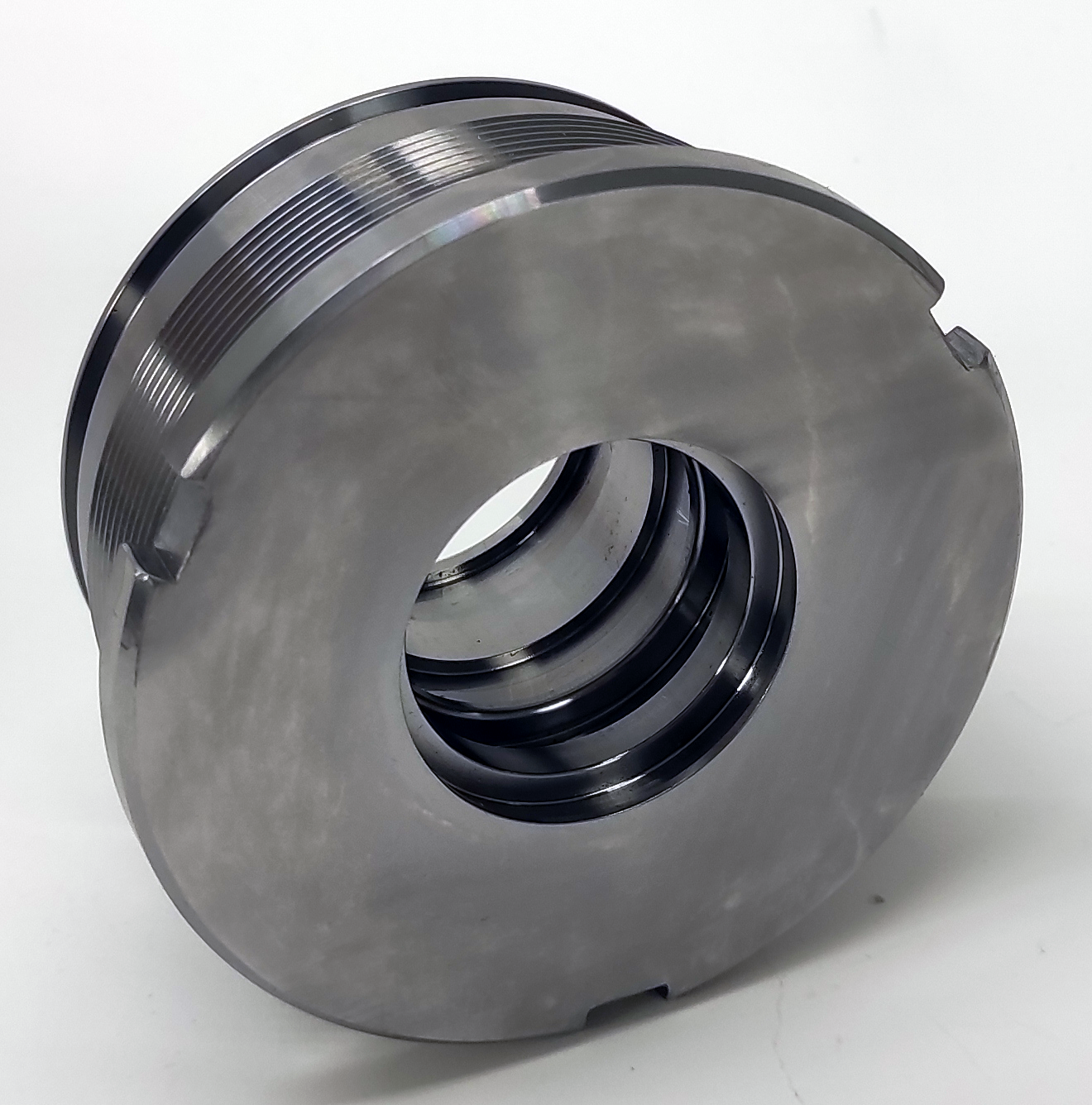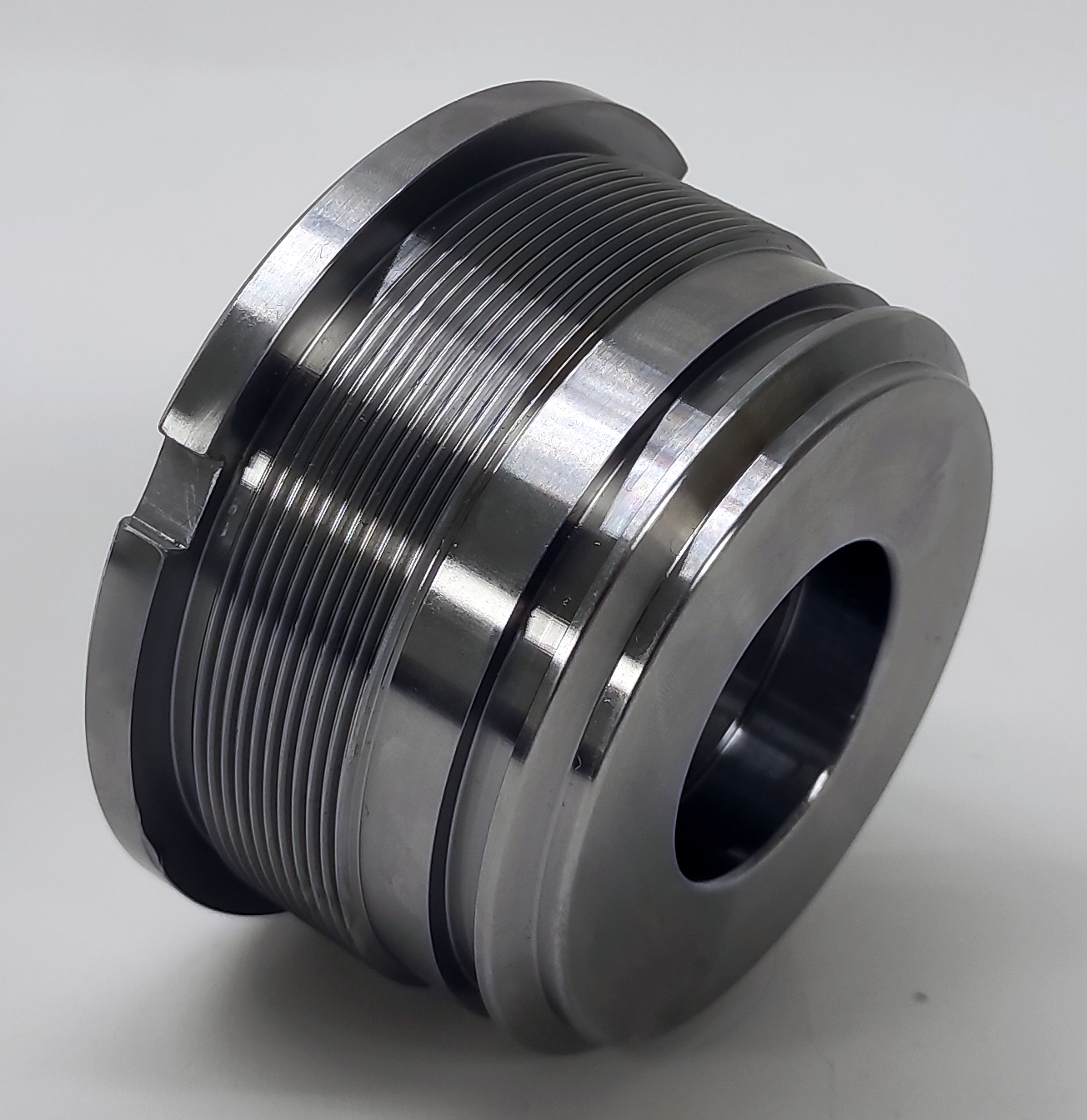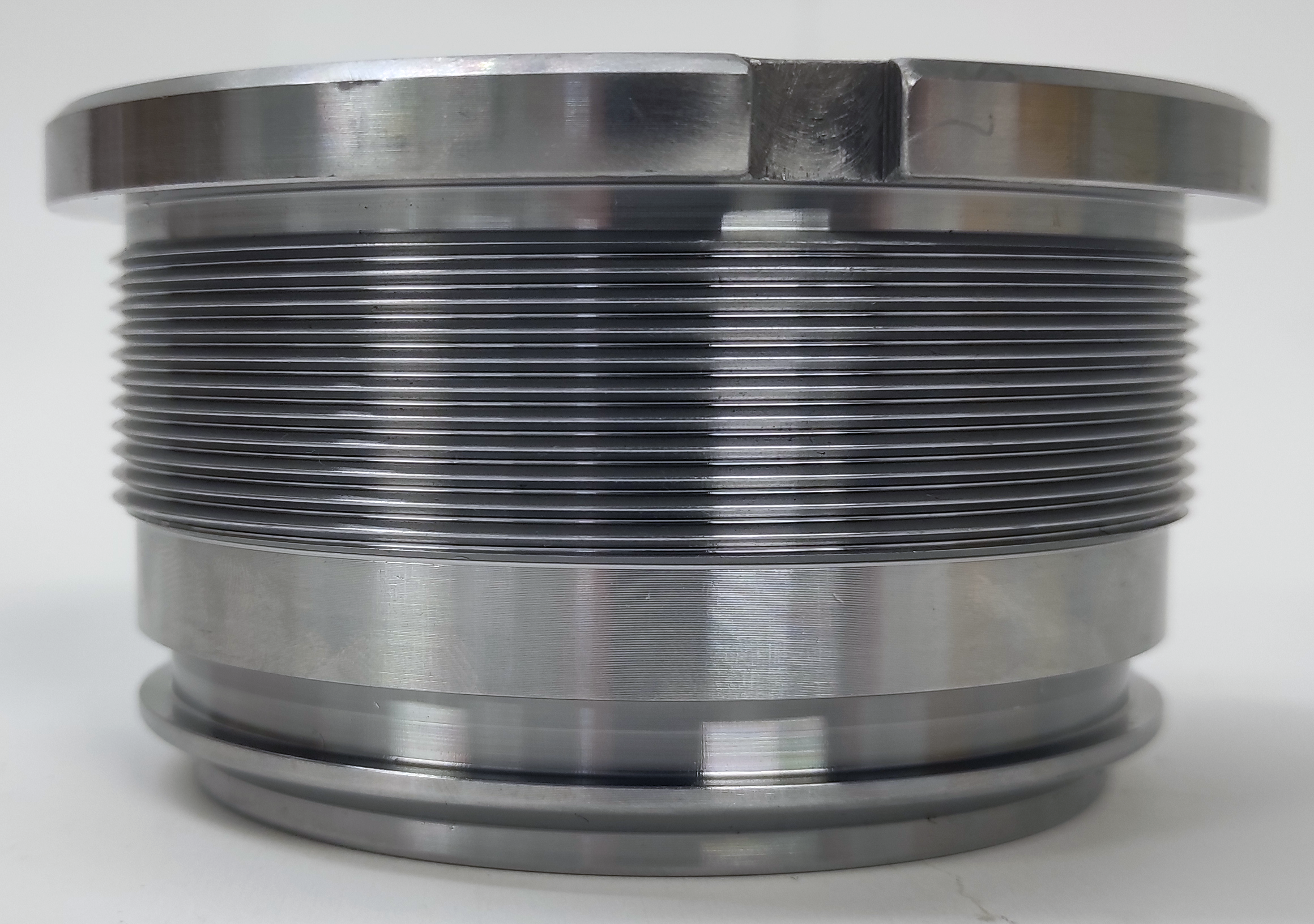CNC Turned Parts: Manufacturing Services Overview
CNC Turning for Precision
Precision Turned Parts and Components
CNC Machining is one of the most commonly used manufacturing processes for precision parts and components due to its high accuracy, efficiency and repeatability. CNC Machining is generally categorised into CNC Milling and CNC Turning. Both methods of machining have their distinct advantages, choosing which machining process to use depends on the requirements of the parts such as geometries and features.
CNC Turning is a cost-effective solution for producing high-quality parts with tight tolerances.
What Is CNC Turning?
A Machining Process
CNC turning is the machining process where the raw material is rotated on a lathe while the tool remains in a fixed position until the required amount of material is removed, and the required shape or geometry is achieved. The turning speed of the lathe depends on material specifications, the tools being used, and the measurements of the diameter that is being machined.
The turret is what holds the selection of tools needed to machine the material.
CNC Turning can be advantageous benefitting from improved efficiency in the manufacturing process, and highly accurate and complex parts can be produced to exact customer specifications.
Turning Lathes, Milling Machines
CNC Machining Is Generally Categorised Into:
CNC Turning Lathes: Cutters fixed, material moving.
CNC Milling Machines: Material fixed and cutters moving.
The Chuck holds the workpiece in place, rotating it at speed.
Turning Lathes
A lathe is designed to rotate the material or workpiece against a cutting tool in a fixed position.
A device called the chuck is the part of the CNC lathe that holds the piece of material. The chuck is connected to a spindle and motor to achieve the turning motion.
CNC turning relies on the turning speed of the lathe and mounted workpiece to remove the material as it’s exposed to a single-bladed cutting tool.
When the required shape or geometry is made in the workpiece from the cutting tool, the turret which holds the tools can change position and if necessary, switch to another tool to continue the process of shaping the workpiece.
CNC Milling Machines
CNC milling processes involve the workpiece being held in place, while the cutting tools move along the axes removing the material.
These machines can be very large and are normally categorised by the number of axes. At a minimum, there are 3 axes, X & Y for movement left/right, front/back and then Z for up/down. In this machine, you can make block-type parts in 3 directions or on one surface.
The machine can also be fitted with different cutters depending on the size of the part and the features to be machined into the material.
· A 4-axis machine can make parts by machining on 3 surfaces.
· A 5-axis machine can machine parts on 5 surfaces.
The Benefits of Precision CNC Turning
Improve Efficiency with Precision CNC Turning
Cylindrical Shaped Parts: CNC Turned Hydraulic Cylinder Gland.
CNC turning can cost-effectively manufacture certain components with complex features. Parts can be machined from solid materials such as steel, cast steel and cast iron.
CNC turning is a cost-effective manufacturing method for high-precision parts, efficient use of material with minimum waste, and in general, less machining time per component.
Get Consistent, Accurate Results with Precision CNC Turning
It is a very accurate process due to CNC turning machines being controlled numerically and without the need for constant manual supervision. Turning Parts gives better dimensional control and better surface finishing.
The complexity of CNC Turned Parts
CNC Turning can produce symmetrical parts with complex features such as spherical cavities, deep grooves, and external & internal threading without undercut. This can be more difficult to do or not possible at all with other machining methods.
Greater Accuracy and Quality with Precision CNC Turning
CNC Turning is highly accurate
The list of parts that can be manufactured with CNC turning is endless. CNC turning is highly accurate and the most common method used for manufacturing parts that require symmetry along their central axes, such as hydraulic cylinder pistons and gland nuts.
Below: A CNC turned hydraulic cylinder component, with external threading.
Applications of CNC Turned Parts
Automotive:
Precision-engineered components for engines, transmissions, and suspension systems.
Aerospace:
Critical parts for aircraft engines, landing gear, and avionics.
Medical:
Surgical instruments, implant components, and medical devices.
Electronics:
Connectors, terminals, and other electronic components.
Oil and Gas:
Parts for pumps, valves, and drilling equipment.
Industrial Machinery:
Custom-made components for various machinery and equipment.
Where To Source CNC Turned Parts?
Outsourcing to a manufacturer that specialises in the capabilities required by your business is crucial to a successful outcome. There are countless service providers in this area of manufacturing here in Ireland and also in the wider Europe area and of course, the Far East.
However, it is very important for quality and financial reasons to source parts from an experienced manufacturer with the capabilities to consistently supply precision parts and components.
Quality Precision Parts with Donlouco Ireland's CNC Turning Services
turned parts manufacturer
Donlouco Ireland Ltd has a vast amount of experience and expertise in manufacturing precision parts and components for many different industries. Our CNC machining capabilities cover both milling and turning.
CNC Turned Gland Nuts and Piston For Hydraulic Cylinders.
CNC turning service for precision parts
We regularly produce high volumes of parts in our facilities in the Far East and deliver them to customers in Ireland, the UK and Europe.
Donlouco can machine parts from various materials to meet customer demands such as steel, cast steel and cast iron.
We also have an array of other secondary services that we oversee in the process of delivering parts which include:
Quality control, Donlouco is EN 1090 and ISO 9001 approved for the CE stamping of parts.
Supply Chain Management.
Packing and Shipping, Customs Clearance.


